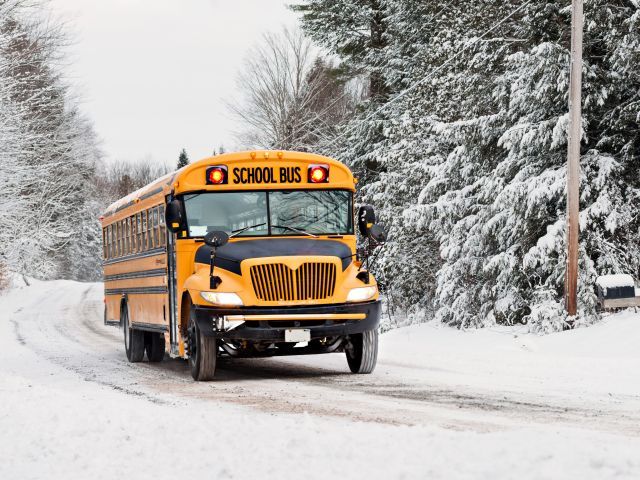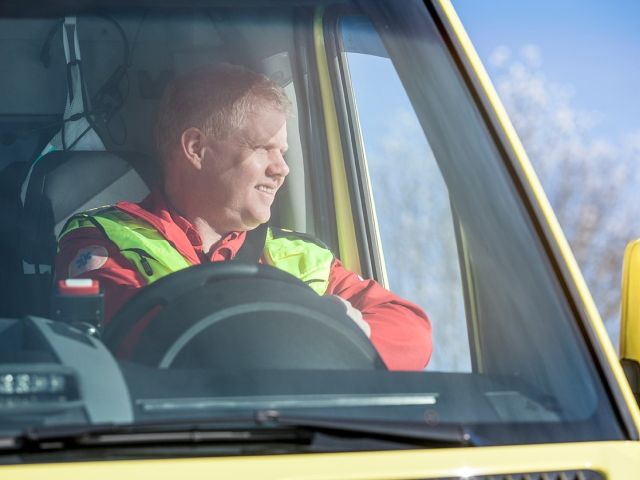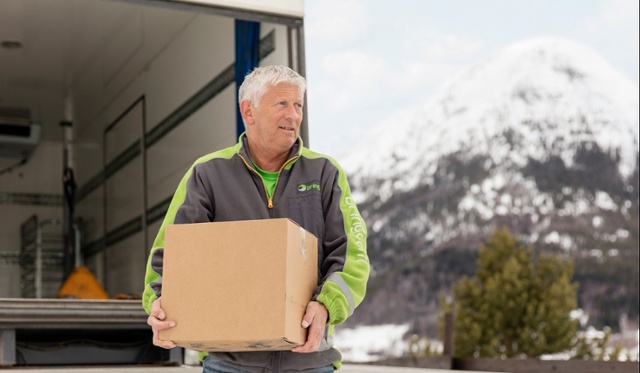The Driver is in control
We live in the era of automation. Have you ever thought of all the things that used to need a lot of human involvement, but today are seemingly automatic? Buying things for example. We have access to a global supply of products and services that are just a few clicks away, and we get our deliveries with very little human involvement. It’s different systems that communicate and automate that provide this convenience.








